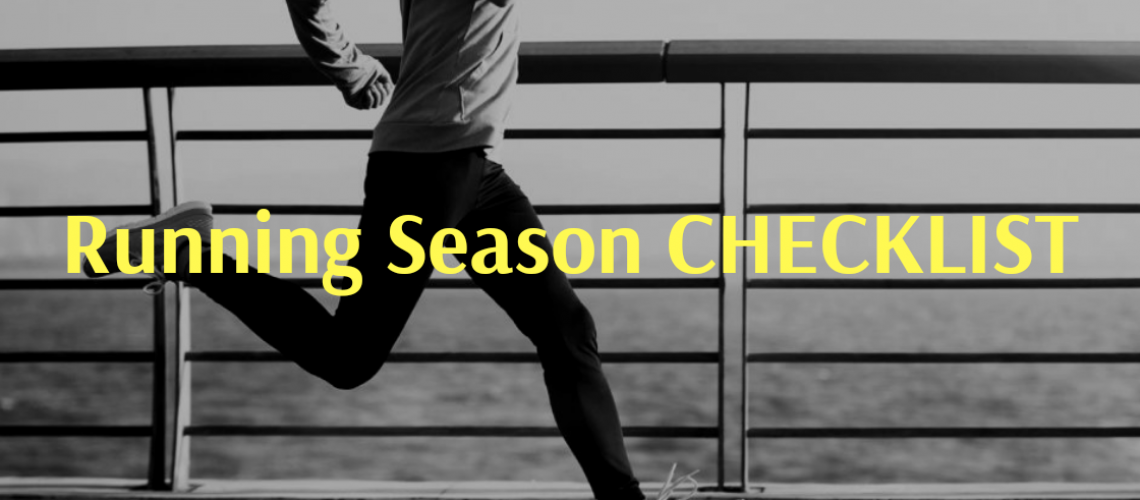Ahh, the change from the winter to the spring can only mean
one thing – running season. What better way to get in shape other than getting
outside and enjoying the change in scenery? When done correctly, implementing a
safe and effective running program leads to many hours outside enjoying the
sun. Unfortunately, we tend to see a lot of patients in the clinic in these
next few weeks from running-related injuries; usually resulting from doing too
much, too fast. Here’s our running injury prevention checklist:
1. HAVE THE RIGHT PREREQUISITES TO RUN
This is an easy, but far too often overlooked, aspect before someone begins a running program. Firstly, do you have the right prerequisites to run? In order to start a powerlifting program, one would have sufficient knowledge, strength and technique on the bench press, squat and deadlift. However, when it comes to running – many new runners overlook prerequisites of hip mobility, foot control and core stability, and go gung-ho on a running program – only to come into the clinic 4 weeks later complaining of Plantarfasciitis, Knee Pain or Low Back Pain. We’ll spend the next 4 weeks going through all of these in more detail.
- Hip Mobility & Strength:
The hip is a ball-and-socket joint, which means it’s whole purpose is to rotate. Having tight hips that don’t rotate means the stress is picked up somewhere else – most likely the knees or low back. Repeat that over 3000 strides per leg in a 5km = injury
- Foot Core
Lack of control over the arch and muscles of the foot is truly the bane of existence for many runners. Most running injuries can be traced back to poor foot control – including, but not limited to: runner’s knee, plantarfasciitis, Achilles tendon strains and shin splints
- Core Stability
Having a strong, resilient core is very important for runners. The trunk is what keeps you erect while running, and stops “wobbling” during running. Having a stable core allows the muscles the legs and arms to work more efficiently, improves run economy and prevents injury. When these muscles are deconditioned, we tend to break technique, and it opens up the door for injury – like that slow low back ache so many runners complaint of.
2. DON’T STOP RESISTANCE TRAINING
We tend to think of running and resistance training as two separate entities – as if we can’t live in a perfect world where they both exist. If you want to excel at running, you need to take a comprehensive approach – including focusing on strength and joint health/mobility; not just endurance.
Resistance training strengthens and solidifies connective tissue. By doing so, it helps you to run faster, reduce injuries and improves running economy. A well-designed resistance training program allows you to target important areas for runners – namely the hips and core to prevent injury and improve power.
Most importantly however, regular resistance training allows us to maintain a strength base. Running and resistance training work off different energy systems – and increasing the volume and frequency of running means we become less efficient at strength training; leading to a reduction in strength and power. For athletes, or anyone who does activities outside of running, speed and power are essential components.
3. SAFELY INCREASE RUNNING MILEAGE
Ok you’ve just ran your first 5km. Quite the accomplishment – then you start to wonder how on earth some people run 40+ kms à the answer? Safely increasing mileage. For beginner runners, the formula is simple – THE 10% RULE – increase your mileage from the previous week by no more than 10%, while avoiding running on consecutive days.
Another way to safely increase mileage is to schedule recovery days – the addition of yoga, bi-weekly massage therapy, acupuncture, soft-tissue release, sauna/steam room – whatever works for you is an essential component to downregulating the nervous system, as well as improving recovery and preventing injury

